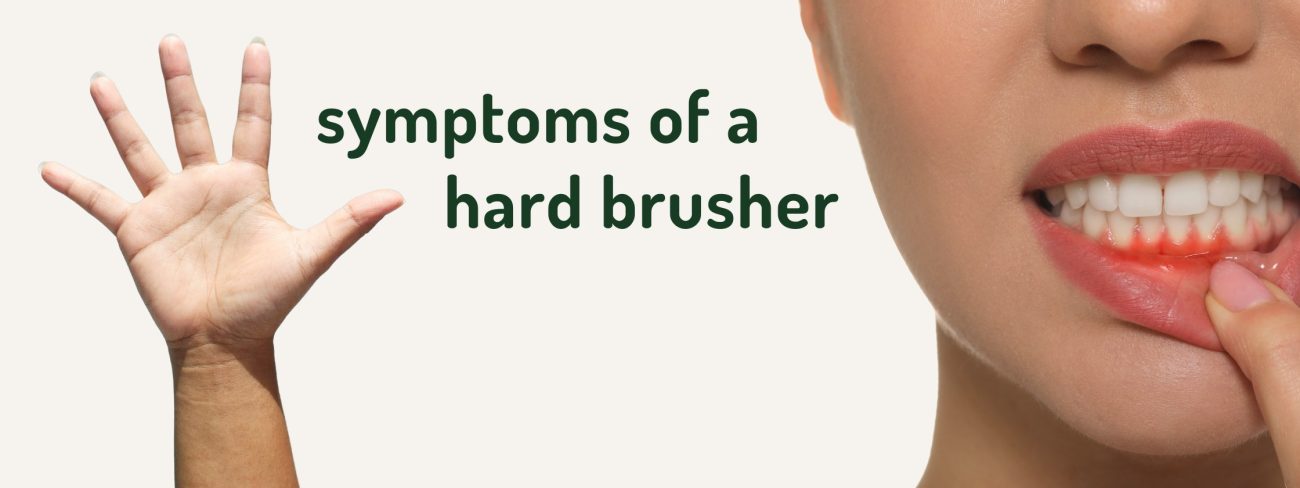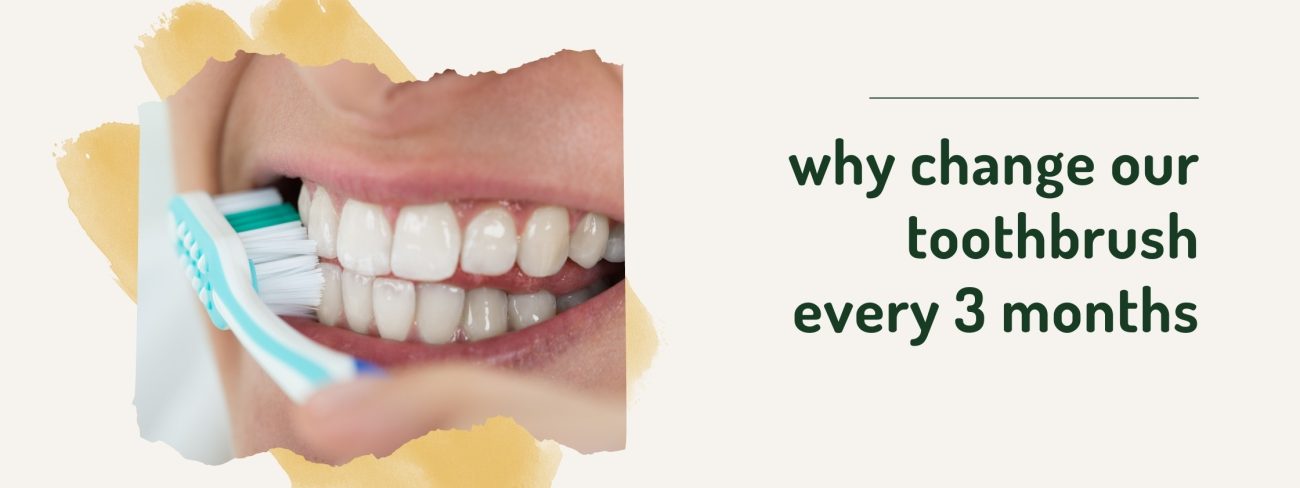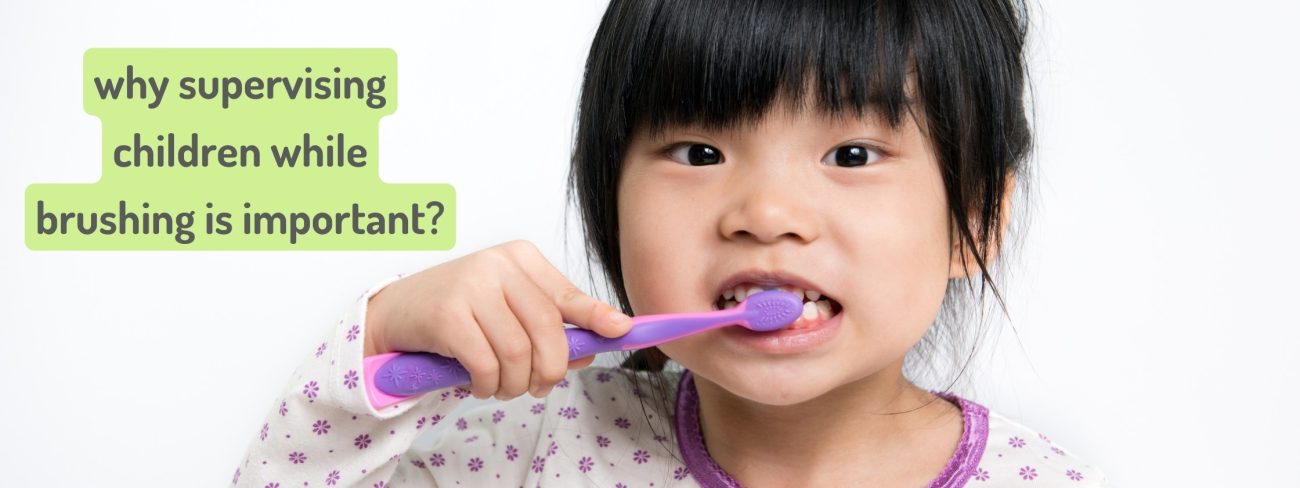Good Vs Gimmick Features of Toothbrush

Good Vs Gimmick Features of Toothbrush
Lets’ be honest – toothbrush is a commodity that’s been around for decades. Companies work extremely hard to differentiate their toothbrushes to either protect or gain market share in this highly competitive and growing business of toothbrushes. The retail shops are dressed with many colorful, attractive toothbrushes with a variety of benefits and feature the toothbrushes offer. How are we supposed to choose between so many varieties? Whom should we believe when every brand says its product is better than the rest? With new features added regularly, it gets more and more difficult to select the right brush.
We have summarised what’s good and what marketing gimmick based on our best understanding.
The Bristles
The good
- Nylon round-tipped bristles – soft or medium
- Flat design
- Circular layout
- Bio-based
- The most important thing to look for is soft or medium, round-tipped bristles. Benefits claimed with charcoal-infused bristles are not proven and hence not accepted by the dental community. Colour fading is subject to various environmental conditions, and not just about wearing during brushing. The “flat” design will spread the pressure evenly and avoid wearing out the bristles unevenly – so, ignore the hype about angled bristles. The bio-based nylon bristles help conserve fossil resources and they are equally good as the conventional nylon bristles, however, don’t get them confused with the biodegradable bristles. The only commercially available biodegradable bristles are from the boar hair, which is again not recommended by dentists due to their hardness and durability. Many companies are selling bristles to be made of bamboo, and starch and all of them are false claims, which you will realize as you dig deeper. Except for boar hair, all other bristles are vegan – so there is no big deal about this
The Brush Head
The good
- Angled offset design
- Small and tapered head
The marketing gimmick
- Broadhead
- Large head
- Flexible head
When looking at brush heads, smaller and tapered heads are better, especially when they are with an angled offset design. This helps reach all areas of the mouth. Use a broad head and a larger head when suggested by your dentist only. A semi-flexible or rigid brush head is better than a very flexible head which reduces the accuracy and efficacy of brushing.
The Handle
The good
- Comfortable for your hand
- Lightweight.
- Simple, symmetrical shape
The marketing gimmick
- Rubberised
- Bamboo/wood
The rubberized brushes although feel good in your hand, their porosity attracts microbes much quicker. It’s a similar issue with the bamboo/wood toothbrush handles which attract microbes and fungus growth. To prevent them, most bamboo and wooden toothbrush handles are coated with toxic chemicals such as boric acid or formaldehyde, which are carcinogenic and leach into your body easily. The bamboo and wooden toothbrush handles are also not as sustainable as they are often viewed as they result in tree felling and more than 60% of the bamboo/wood gets wasted in making the finished product.
This blog is in the context of manual toothbrushes only. For a comparison between electric and manual toothbrushes, refer to our blog dedicated to this topic.
Finally, let me remind you, that the best brush for you is the brush that enables you to follow good brushing habits, whatever the look, feel, price or function!










